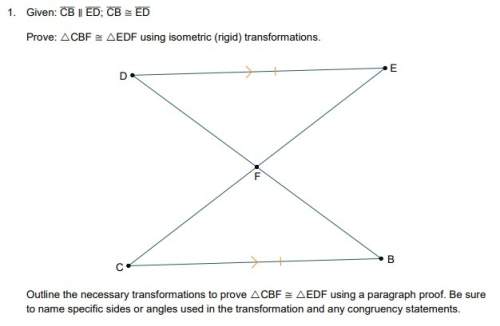
Mathematics, 21.01.2021 08:40 dayanara72
The isotope known as carbon-14 is radioactive and will decay into the stable form nitrogen-14. As long as an organism is alive, it ingests air, and the level of carbon-14 in the organism remains the same. When it dies, it no longer absorbs carbon-14 from the air, and the carbon-14 in the organism decays.
The half-life of carbon-14 is 5770 years. Assume an organic sample is 14,000 years old.
Determine how many half-lives are in 14,000 years. Then use this answer to determine what percentage of the original amount of carbon-14 remains after 14,000 years. Round your answer as a percentage to the nearest whole number.

Answers: 2


Other questions on the subject: Mathematics


Mathematics, 21.06.2019 19:30, amanquen35
The pyramid below was dissected by a horizontal plane which shape describes the pyramid horizontal cross section
Answers: 1

Mathematics, 21.06.2019 23:00, maiacheerz
12 out of 30 people chose their favourite colour as blue caculate the angle you would use for blue on a pie chart
Answers: 1

Mathematics, 22.06.2019 00:00, angeleyes42
Macy spent $36 on jeans. this was $12 less than twice what she spent on a shirt. which equation to solve this, 12x=36 2x=36-12 2x-12=36 12-2x=36
Answers: 1
You know the right answer?
The isotope known as carbon-14 is radioactive and will decay into the stable form nitrogen-14. As lo...
Questions in other subjects:

Spanish, 05.10.2020 15:01




Social Studies, 05.10.2020 15:01



History, 05.10.2020 15:01


Mathematics, 05.10.2020 15:01




